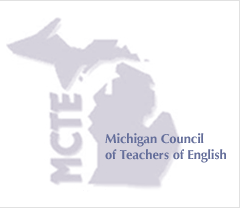Abstract
Schools face several challenges in creating meaningful community relationships, and the breakdown of these relationships causes harm to students, teachers, and administrators. Many schools have turned to restorative justice practices as a way to disrupt the school-to-prison pipeline, reduce discipline referrals, increase graduation rate, and strengthen the school community (Evans & Lester, 2013; Winn et al., 2019; Weaver and Swank, 2020). However, Winn (2013, 2018) and others have proposed that the principles of restorative justice can be embedded into the English Language Arts curriculum. In this paper, I describe a restorative justice book club unit for early adolescents that is both academically rigorous as well as restorative. Its goal is to demonstrate to ELA practitioners how restorative justice practices can fit into units they likely already teach. If more teachers used restorative practices in their classrooms, our schools would experience deeper community ties that would lessen incidents of harm and decrease feelings of isolation in our students.
Recommended Citation
McConnaha, Mary M.
(2023)
"A Restorative Justice Book Club for Secondary Classrooms,"
Language Arts Journal of Michigan:
Vol. 38:
Iss.
1, Article 10.
Available at: https://doi.org/10.9707/2168-149X.2347
Publication Date
2023
Included in
Curriculum and Instruction Commons, Educational Methods Commons, Language and Literacy Education Commons, Secondary Education Commons

